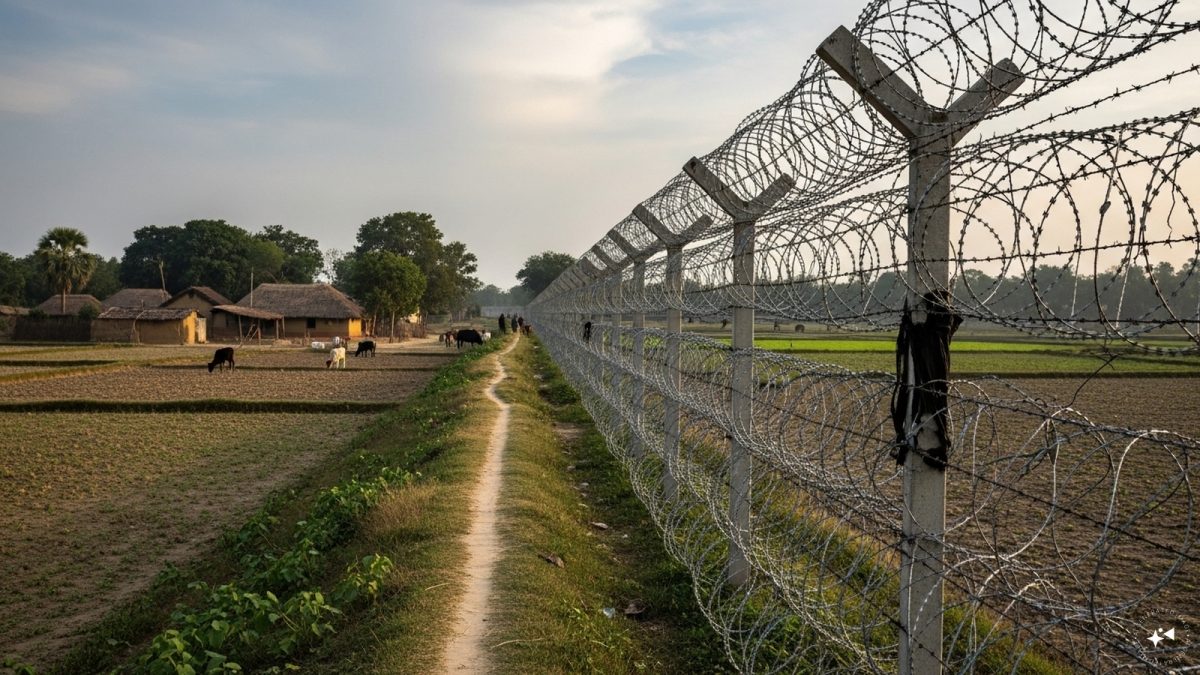

As of August 20, 2025, the Indian government has informed the Rajya Sabha that approximately 1,647.696 km of the India-Bangladesh border in West Bengal has been fenced. This is out of a total border length of 2,216.7 km. The remaining 569.004 km is yet to be covered by fencing and other border infrastructure.
Of the remaining stretch, 112.780 km is considered non-feasible for fencing due to geographical constraints. The remaining 456.224 km is feasible for fencing and other infrastructure works. Land acquisition for the feasible portion has been a significant bottleneck.
According to the Minister of State for Home Affairs, Nityanand Rai, land for 77.935 km has been handed over to the executing agency. However, land acquisition is yet to be initiated by the West Bengal government for 148.971 km. The process for the remaining 229.318 km is at various stages. This includes stretches awaiting State Cabinet approval, land paid for but not handed over, areas awaiting valuation by the state, and those pending payment by the Ministry of Home Affairs. The Centre claims to be holding regular meetings with the state government to resolve these issues, conducting review visits, and releasing payments on time.
The construction of this fence has been a point of contention. In January 2025, the Foreign Ministry of Bangladesh summoned the Indian High Commissioner to Dhaka to convey concerns regarding the construction of barbed wire fencing. India has stated that it is following all protocols and agreements between the two governments. India initially began fencing efforts in 1986 in response to rising concerns about migration. The Border Security Force (BSF) has continued fencing along the border in West Bengal's Malda district, despite objections from Border Guard Bangladesh (BGB), clarifying that the fencing is within Indian territory.
The government has also provided data on infiltration and seizures along the West Bengal border. From January 1, 2023, to July 31, 2025, 3,964 infiltrators were apprehended. Seizures during this period included 13,863 kg of narcotics.
The fencing project aims to curb infiltration and cross-border crimes. To further strengthen security, electronic surveillance, including 360-degree rotating cameras and sensors, are being used to cover gaps in sentry monitoring areas. The Union Home Secretary has also held high-level meetings with top officials from Bengal to discuss the progress of border fencing and strategize ways to strengthen security measures.